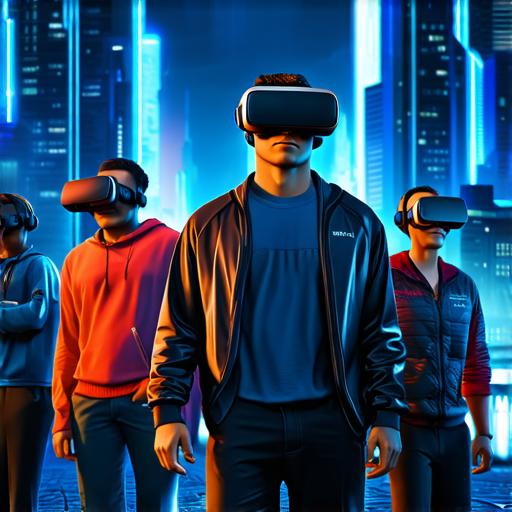As technology continues to advance at a rapid pace, virtual reality (VR) has become an increasingly popular form of entertainment and immersion. But what exactly is VR, and how does it work? In this article, we will provide a detailed overview of virtual reality, covering its definition, history, applications, and more.
Definition of Virtual Reality
Virtual reality can be described as a computer-generated simulation that allows users to interact with and explore a digital environment in a seemingly real way. The immersive experience is created using special VR devices, such as headsets and handheld controllers, which track the user’s movements and adjust the virtual world accordingly.

History of Virtual Reality
The concept of virtual reality dates back to the 1960s when researchers at MIT first developed a prototype of a head-mounted display that could simulate a three-dimensional environment. Over the years, VR technology has come a long way, with advancements in graphics, hardware, and software enabling increasingly realistic and interactive experiences.
Applications of Virtual Reality
Virtual reality has a wide range of applications across various industries, including gaming, education, healthcare, and more. In gaming, VR provides an immersive and engaging experience that can transport players to new and exciting worlds. In education, VR simulations can be used to provide students with hands-on experiences and visualizations that would otherwise be impossible or too dangerous to recreate in real life. In healthcare, VR has been used for therapy, training, and simulation, helping patients overcome fears, improve motor skills, and more.
Limitations of Virtual Reality
While virtual reality offers a highly immersive experience, there are some limitations to the technology. For example, the hardware required can be expensive, and not everyone may have access to the latest VR devices. Additionally, while the virtual world can be highly realistic, it is still a simulation and lacks the subtle details and nuances of the real world.
Conclusion
Virtual reality is an exciting and rapidly evolving technology that offers a new way to interact with and explore digital environments. While there are limitations to the technology, its potential applications across various industries make it a highly promising field for the future.
